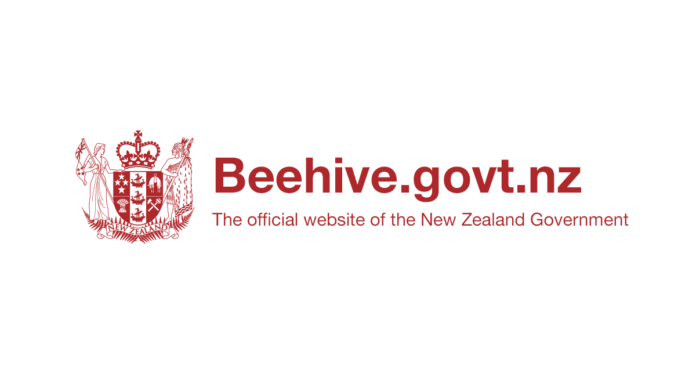Source: New Zealand Government
- Medical-grade masks supplied for all teachers, some for students
- Ministry puts process in place for schools and kura to access RATs as needed
- Support for schools and kura to use hybrid learning where possible
The Government is ensuring schools and kura are prepared for Omicron, with access to masks and rapid antigen tests where needed, Education Minister Chris Hipkins said today.
“Our young people’s wellbeing is at the centre of everything we do. Protecting our schooling workforce by making medical-grade masks available in schools and kura, on top of the requirement that they are vaccinated, is core to this,” Chris Hipkins said.
“One of the best things we can do to keep staff and students well is to isolate positive cases and household contacts to prevent onward transmission in schools. The Government will continue to support schools and kura to use hybrid learning and distance learning to do this.
“But we also know there are some scenarios where children must be at school and early learning. These are when their parents have to go to work, and there isn’t suitable care at home for them.
“In those cases, the Ministry of Education is ensuring all of its regional offices will have a supply of rapid antigen tests to hand. There are now almost 700,000 tests available for schools and early learning services to access as needed across the network.
“Rapid antigen tests should only be used if all teachers and staff are either positive or required to isolate and there isn’t a suitable person who can supervise children on site at a school or kura. The same applies for early learning services.
“There is risk involved in a person who has been exposed to COVID-19 returning to work with children, so school and early learning leaders should think through carefully the use of rapid antigen tests for this purpose.
“The Government wants to ensure schools are supported through the Omicron peak and maintain a safe environment for students on site.”
Masks for schools and kura
“The Government is helping our schooling workforce to stay safe and well by making sure they have a good supply of masks for the weeks and months ahead,” Chris Hipkins said.
“The evidence tells us that wearing masks will help slow the spread of Omicron, and we want to see our children and young people get as much on-site learning as possible this year.”
Seven million masks are already available and being distributed for the 100,000 strong schooling workforce throughout the country. The Ministry of Education has ordered 36 million more to bolster supplies as needed.
School staff are required to wear medical grade masks when working with young people indoors in year 4 and up, and students also in those year groups are required to wear masks when indoors.
“The Government is also providing masks as a backstop for students. We know most families will have their own preferences, and there is more flexibility for young people around the types of masks that can be used.
“But it is important schools have some in reserve for those situations where a student turns up without one, or their mask is damaged.”
“I want to thank schools and kura for their tremendous efforts to prepare for this new academic year, and their work as it gets underway in a challenging environment.
“Those schools and kura that already have Omicron cases are managing well, in difficult circumstances, to support affected learners and close contacts at home, while, for the most part, continuing learning on-site for the remainder of their student population.”
Notes:
- Almost 700,000 rapid antigen tests are available for schools and early learning services to access if they register under the Close Contact Exemption Scheme, in order to maintain supervision of students who need to be on site.
- Schools need to register with MBIE and then contact their regional office which will supply rapid antigen tests for teaching staff.
- Given they are approximately 80% effective, rapid antigen tests should only be used as a last resort – once all other options for continuing teaching and learning have been exhausted. This includes using relievers, non-teaching staff or otherwise qualified people to supervise those children who must be on site.
- For teachers, two million masks have already been distributed to schools, and another five million are available as needed. 36 million more are on order.
- For students, a one-off supply of 3.8 million masks – including child-sized masks – will be distributed for use in schools at year 4 and up.



